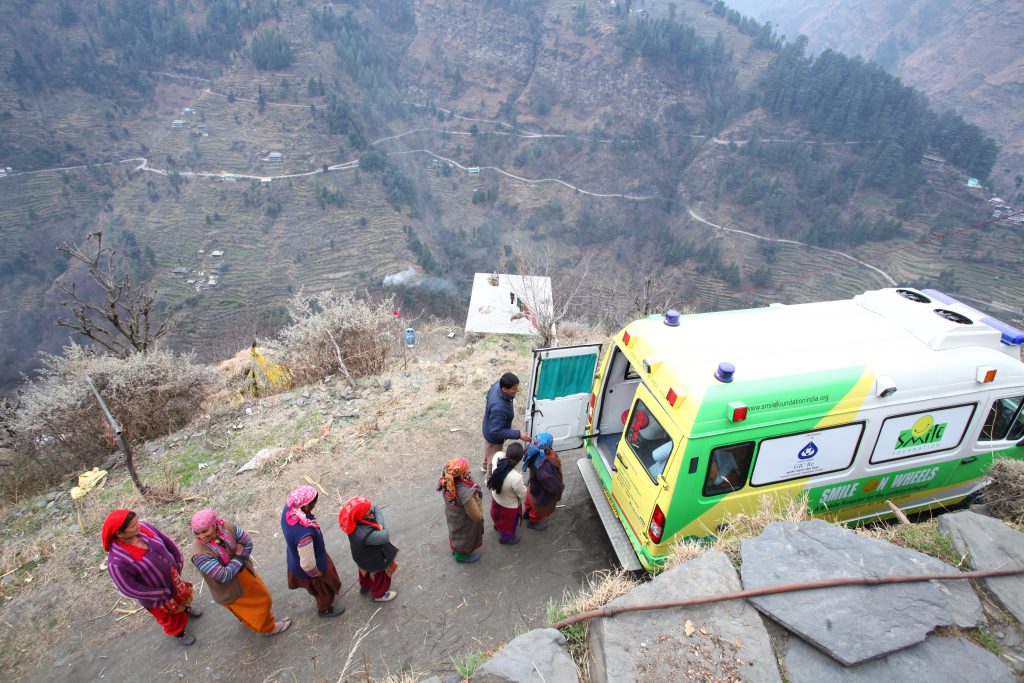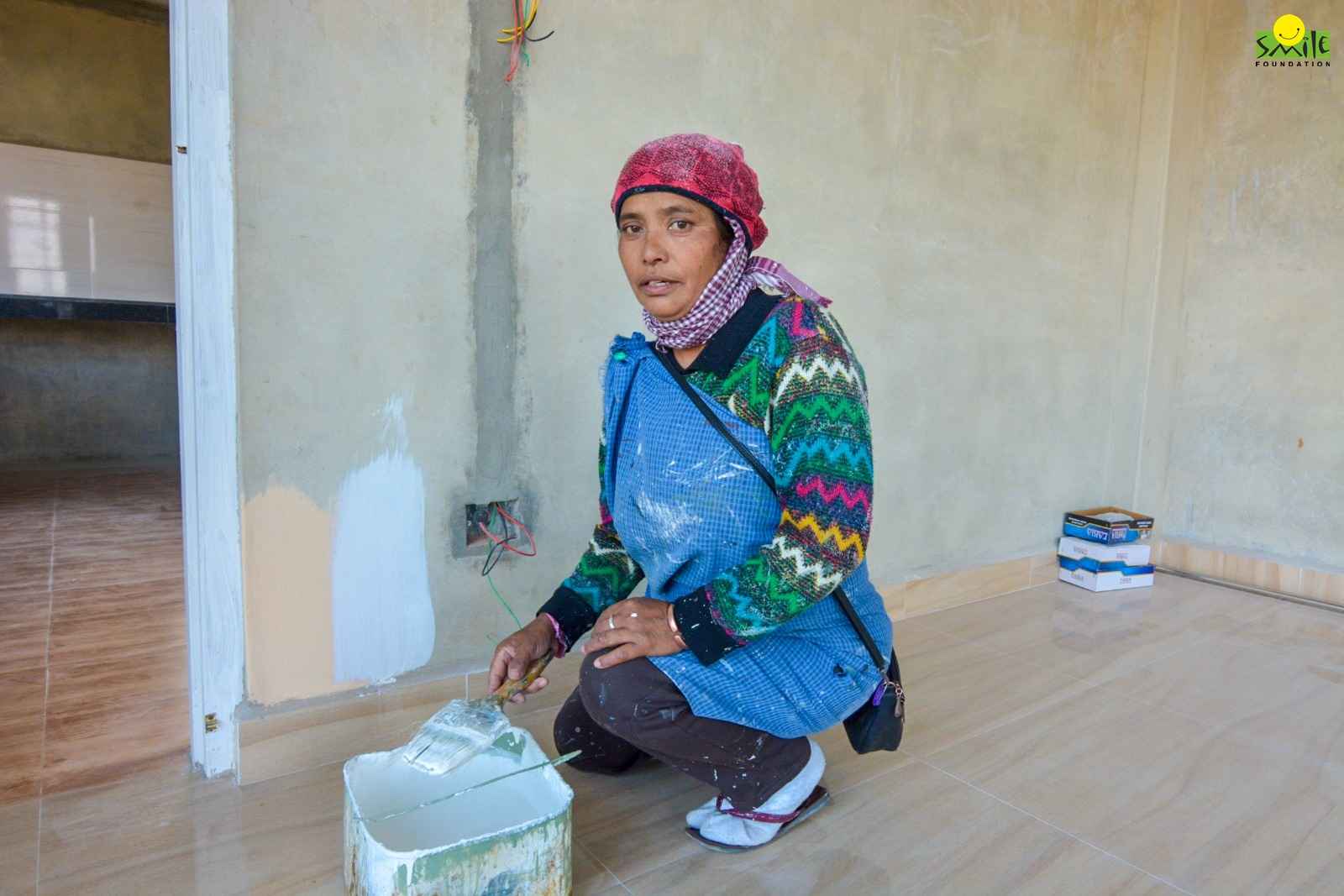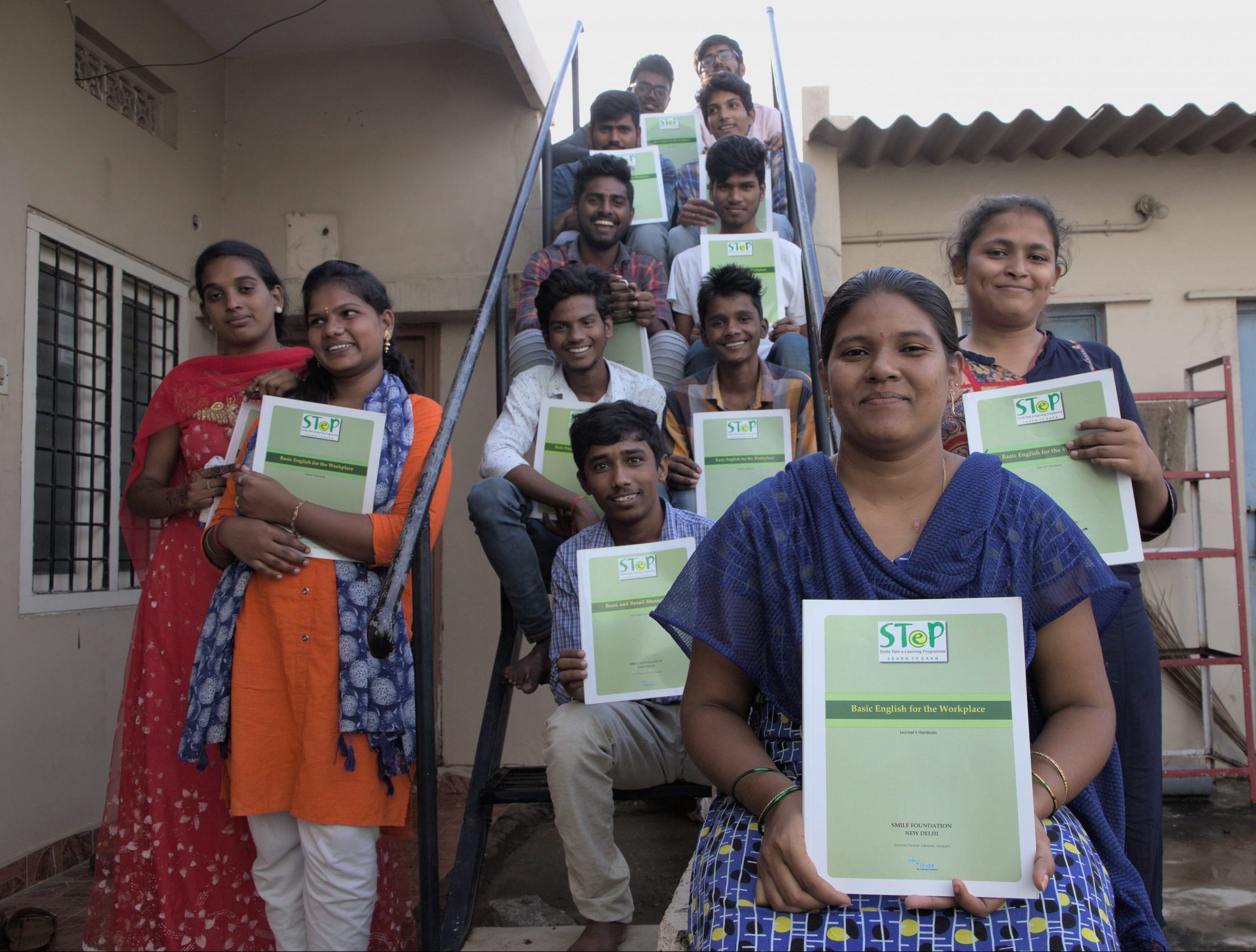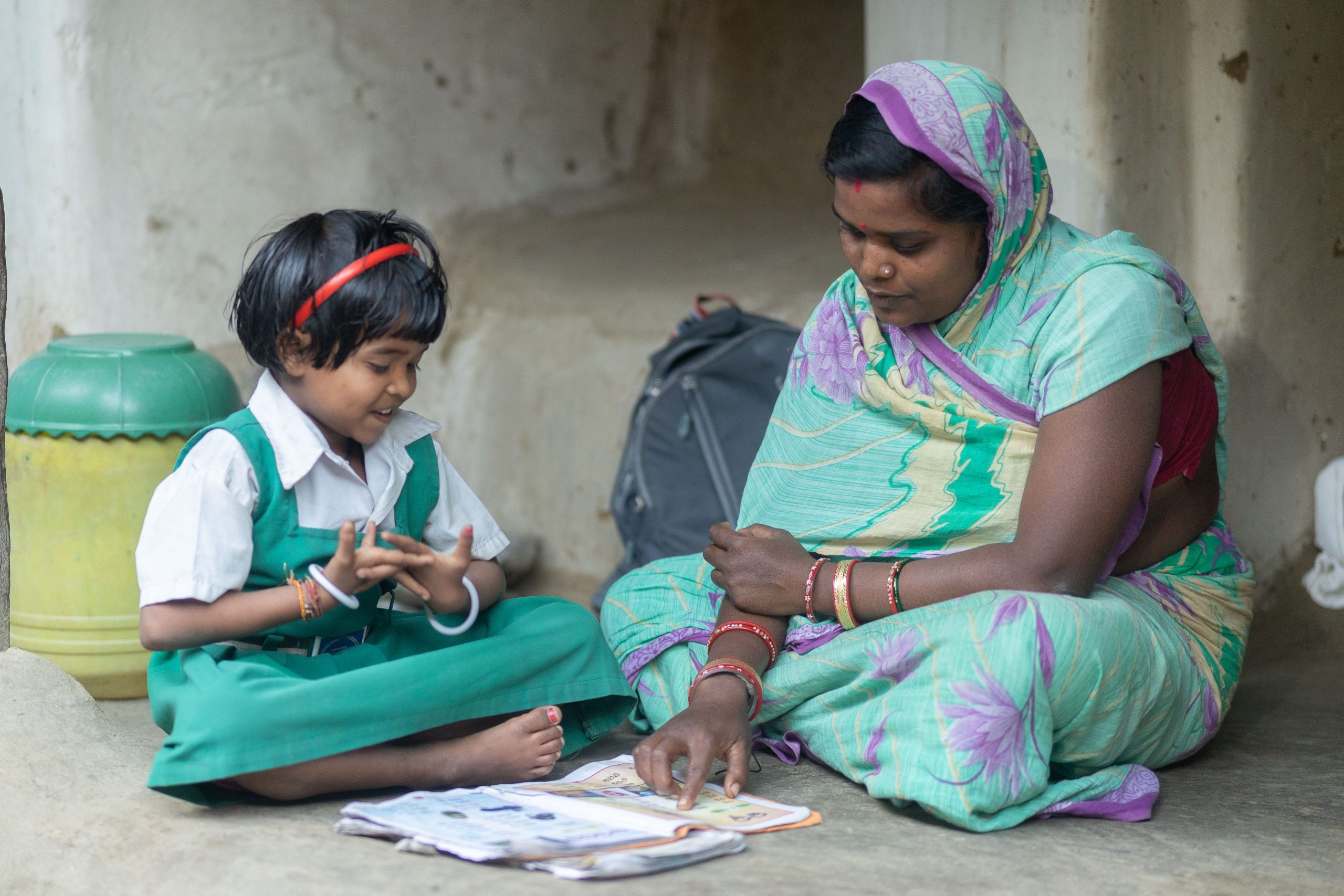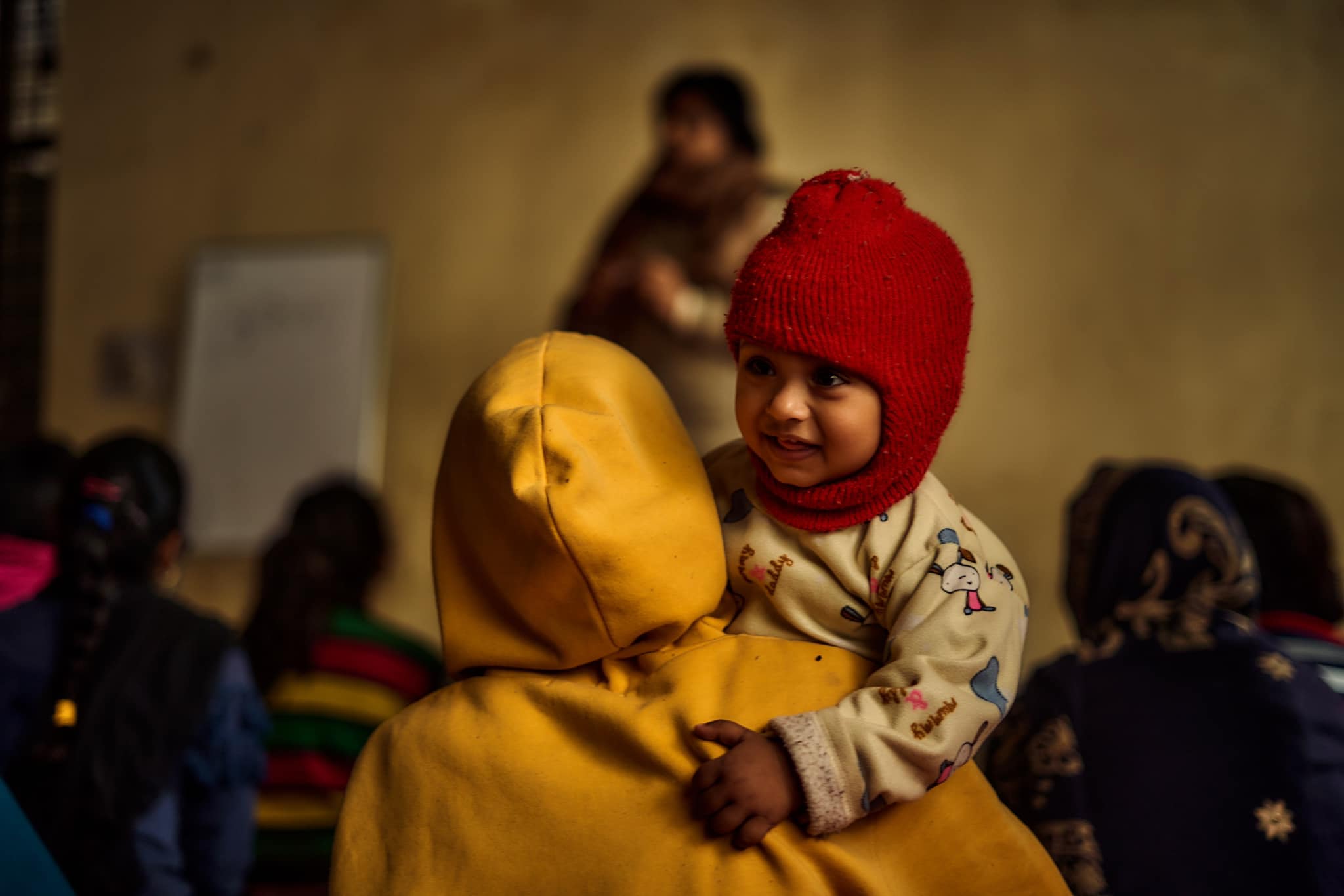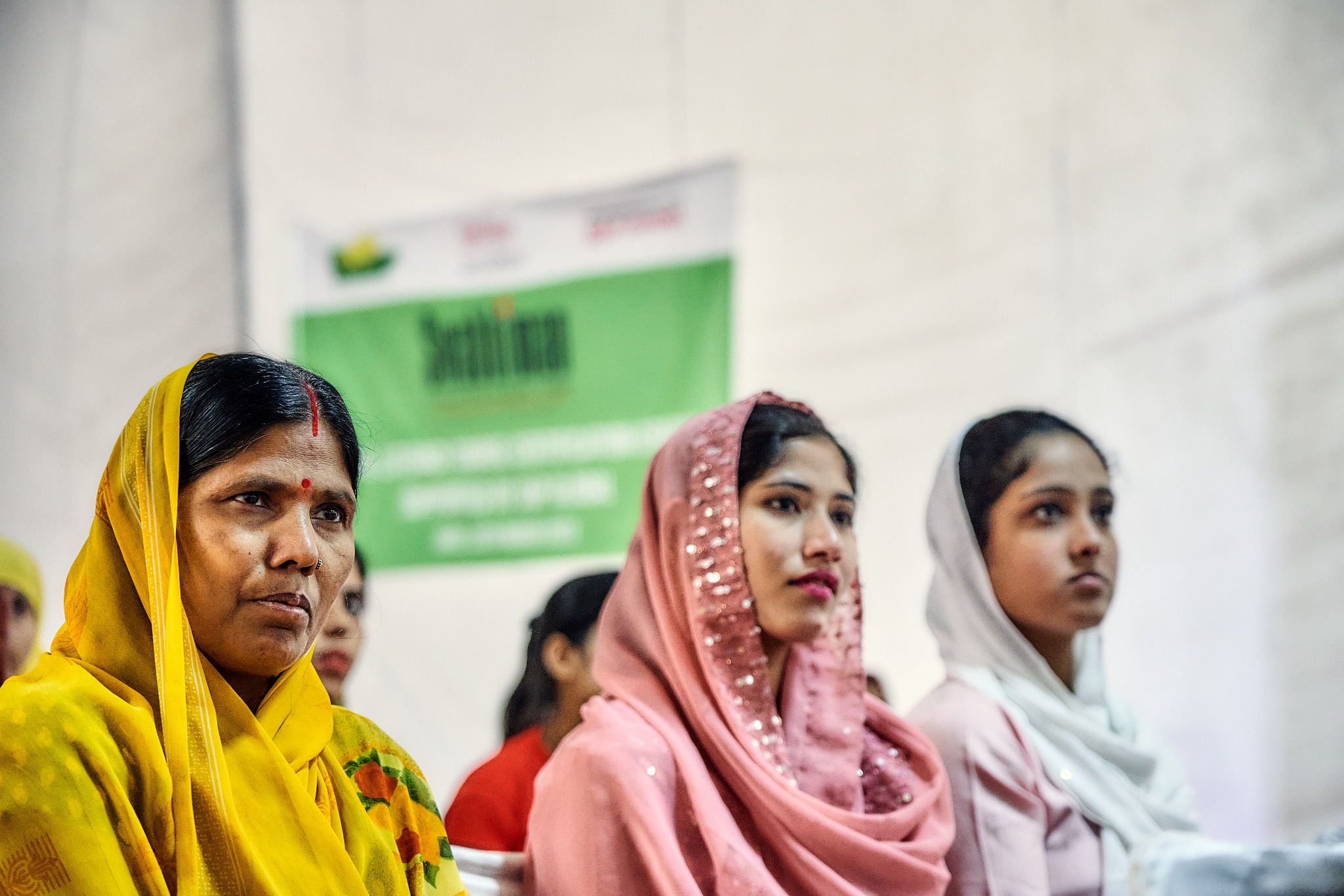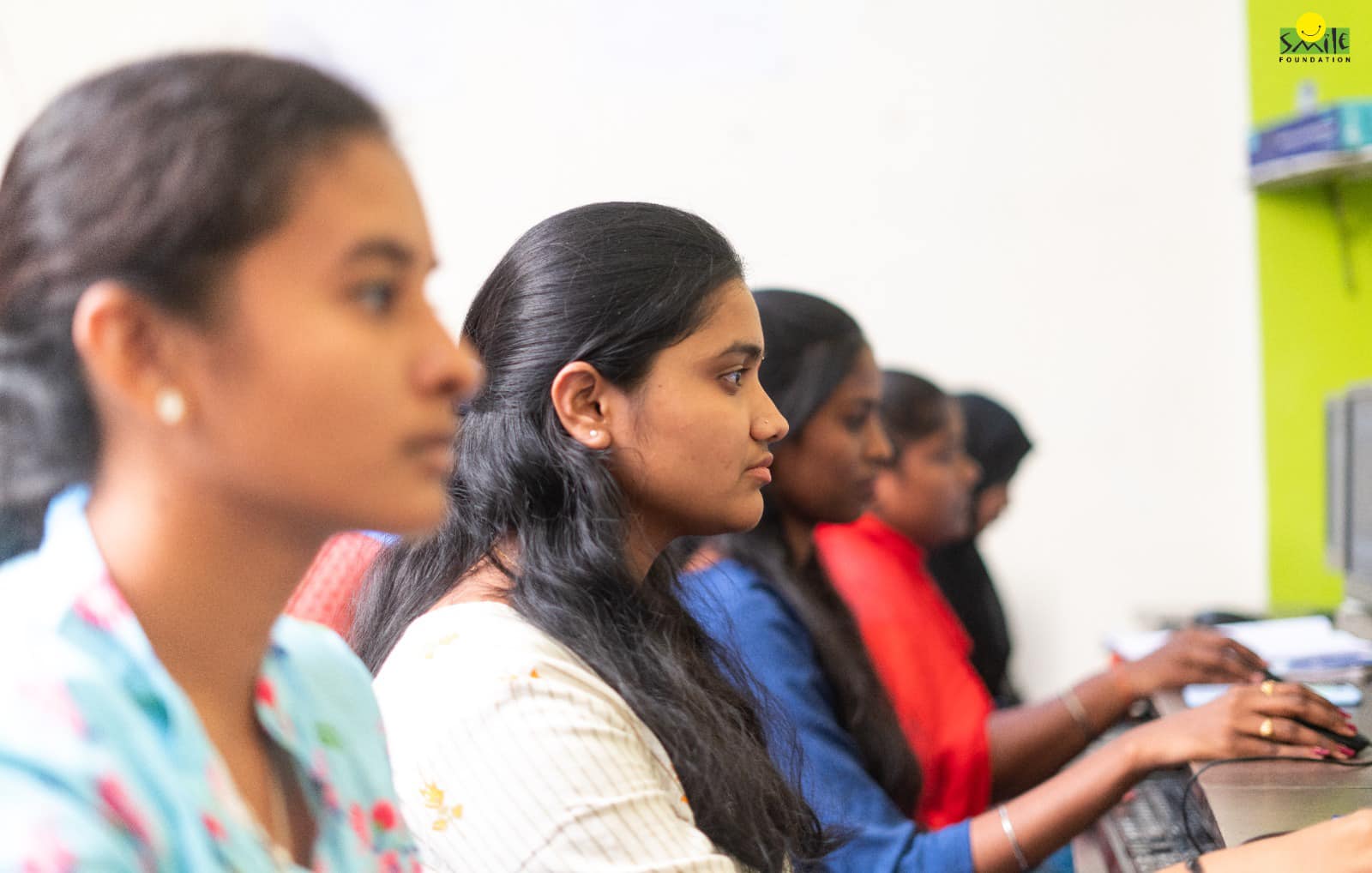The situation of primary healthcare in India is a poor one. It is a result of poor sensitisation, lack of education, lack of mobilisation and the nonavailability of resources as and when required.
There are several definitions of primary health care, but most have the following key elements:
Primary healthcare includes preventive, promotive and curative care;
Care is provided within or closer to the communities they serve, almost at the doorstep;
Primary health care is universal in nature, but focuses on the most vulnerable and marginalised;
It provides person- focused and population-focused care rather than disease-focused care.
Because of these features, primary health care helps in promoting health-related behaviour, preventing ill health, and detecting and treating the illnesses early, closer to where families live.
After the eight Millennium Development Goals were adopted in 2000 and have shaped progress in the past 15 years, the new Sustainable Development Agenda ‘Transforming Our World: the 2030 agenda for sustainable development’ was adopted by the UN General Assembly in September 2015.
17 Sustainable Development Goals (SDGs) were adopted by governments, including India, of which SDG3 explicitly relates to health—to “Ensure healthy lives and promote well-being for all at all ages”. This goal is translated into 13 targets: three relate to reproductive and child health; three to communicable diseases, non-communicable diseases, and addiction; two to environmental health; and one to achieving universal health coverage (UHC).
SDG3 places health at the centre of all solutions for change. It recognises that the only way to provide primary health care services is through a comprehensive approach. It focuses on people as whole individuals and recognises that their healthcare needs will change throughout their life and therefore promotes a life-cycle approach to health as a solution for change. For example, rather than addressing antenatal care and child health as medical conditions, a comprehensive approach views women and children as whole human beings with changing needs. It also recognises and emphasises the universality of primary healthcare and focuses on key elements-preventive, promotive and curative as solutions of change.
Global evidence suggests that countries with strong and comprehensive primary health care systems have better health outcomes, lower inequalities in these outcomes, and lower costs of care.
India’s National Health Policy 2016, along with the budgetary announcements made in February 2018, takes a two-pronged approach for strengthening primary healthcare in India:
- Improving access and quality of primary healthcare in India through strengthening 150,000 sub-centers (transforming them to health and wellness centers), and
- Improving access to secondary and tertiary care through a near-universal health insurance scheme.
The policy recognises the pivotal importance of Sustainable Development Goals and outlines key strategies to achieve these goals. It focuses on Universal health coverage (UHC) as a solution for change- to ensure that all people and communities receive the primary health care in India that they need, without suffering financial hardship.
One of the key challenges facing India in terms of UHC is reaching the un-reached with quality primary health care services. Mobile Health clinics have served as a solution for change, in reaching the vulnerable and marginalised populations living in remote, difficult to reach areas as well as for communities that are cut off from mainstream services on account of hilly terrains, flood-prone areas etc. They have also played a significant role in the delivery of health services to uninsured or under-insured populations.
These clinics represent the critical link between communities and hospital settings and are effective in bridging this gap, thereby leading to social transformation and empowerment, eventually improving health outcomes and making quality primary health care services a demand-driven social norm. The long-term impact of such interventions is that mobile health clinics are able to reduce out of pocket expenditure and produce significant cost savings by reducing hospital visits and length of hospital admissions. Mobile clinics thus represent a cost-effective care delivery model to improve health outcomes in vulnerable groups in communities.
Smile Foundation has been a key player in the provision of primary healthcare in India through its Mobile Health Clinic – Smile on Wheels (SoW) in different parts of the country. The Smile on Wheels is a primary healthcare programme, providing a comprehensive range of health care services to underprivileged communities in remote rural areas and urban slums across the country.
Apart from its SOW programme, Smile Foundation organises customised health camps extensively across the country. These camps offer a range of comprehensive health services – curative, preventive, health promotion and referral services to a large number of people in select intervention areas. The health camps have a multi-disciplinary team comprising of specialist: OBGYNs, paediatricians, ophthalmologist, and surgeons. The uniqueness of the model lies in its comprehensive approach wherein health promotion and prevention are given equal importance alongside curative healthcare services. Smile Foundation has impacted more than 17 lac lives through comprehensive primary healthcare in India, in the last 5 years.



